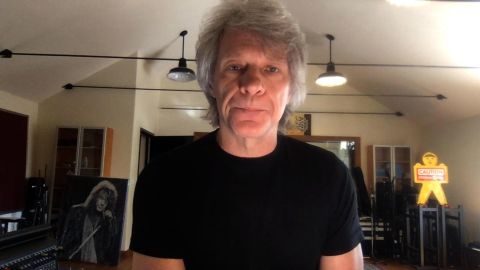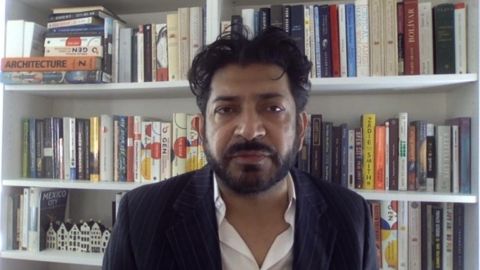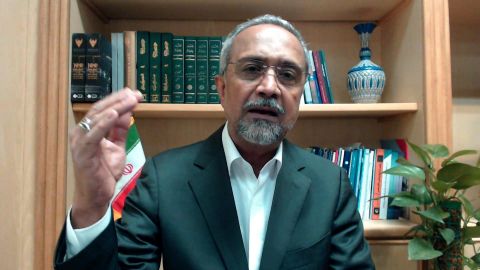Read Transcript EXPAND
CHRISTIANE AMANPOUR: After 10 days, the British prime minister’s had to be hospitalized, and obviously, the government is playing it down for the most part. Nonetheless, ill enough to go to the hospital and we understand have oxygen on his way to the hospital. How do you assess his condition and I know it’s remote?
SIDDHARTHA MUKHERJEE, CANCER PHYSICIAN: Well, I think this is the typical progress of the disease. I mean, I think what we have learned from many, many patients, the ones that do get sick, you know, the first five or six or seven days are, you know, flus and chills and then in some patients it — you know, day seven, eight, nine and 10 are the worst, you require oxygen. And, you know, there’s a turning point around day nine and day 10 when you can, you know, really make the turn for the worst or slowly recover. So, I can’t make a prognosis in his particular case. I hope he recovers, but this is very much a typical course of the disease in some patients.
AMANPOUR: So, what do you see how? Because even Dr. Fauci says, you know, trying to figure out the pathonogenesis of this virus is quite difficult. Who does it affect? How? Asymptomatic or not? Et cetera, et cetera. Young people, old people? Can you draw any, at least interim, conclusions about what it is this enemy is?
MUKHERJEE: Well, first of all, most people don’t even — you know, we need to know the language of epidemiology but this is a very unusual virus and it has two properties. It has two properties that make it particularly virulent. Number one is that it seems as if the so-called R0 of the virus, in other words, one — how many people can one person infect, the contagiousness, a measure of contagiousness is quite large. It’s less than measles but it’s quite large and so, the virus, therefore, can spread exponentially if you don’t have appropriate measures. That’s one. I’m an oncologist but I was trained as a virologist to start with. The second thing which is very, very unusual and concerning is that completely asymptomatic people seem to be able to carry the virus and spread the virus. And it is the confluence of these two factors that makes it a particular challenge. You don’t know if the person sitting next to you on the bus is infected and carrying the virus or, you know, whether they are already immune or whether they’re perfectly fine.
AMANPOUR: Is that the worst thing that sort of worries you? Is that the most complicating factor do you think? I mean, the fact that you just don’t know who might have it or who might not on your, you know, daily rambles, daily life?
MUKHERJEE: Well, that and the fact that you cannot predict which people take a turn for worse and the which people will not
About This Episode EXPAND
Dr. Siddhartha Mukherjee discusses different ways to treat COVID-19. Iran’s Vice President for Economic Affairs explains the country’s plan to ease work restrictions. “The Future Is Asian” author Parag Khanna tells Hari Sreenivasan how the pandemic will shift the global order. Musician and activist Jon Bon Jovi tells Christiane how he is collaborating with fans to write a new song.
LEARN MORE



